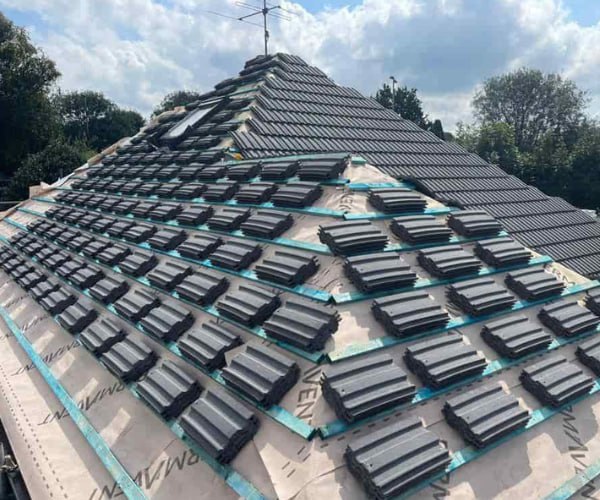How to Identify Water Damage Caused by Lead Flashing Issues
Introduction: Water damage is one of the most common and destructive problems that homeowners face. While it can result from various issues, lead flashing problems are often a significant contributor. In this blog post, presented by ES Roofing Adwick Le Street, we will guide you on identifying water damage caused by lead flashing issues and the signs to look out for.
Understanding Lead Flashing
Lead flashing is a roofing component that creates a watertight seal in areas where the roof meets walls, chimneys, vents, or other structures. When lead flashing becomes damaged or improperly installed, water can infiltrate your home, leading to many problems.
Signs of Water Damage from Lead Flashing Issues
- Interior Water Stains: One of the most common signs of water damage is water stains on your interior ceilings or walls. These stains often appear as brownish or yellowish patches and can expand over time if the issue is not addressed.
- Dripping Water: If you notice water dripping or running down your interior walls during or after rain, it indicates a leak, which may be linked to lead flashing problems.
- Mould or Mildew Growth: Excess moisture from water leaks can lead to mould or mildew growth on ceilings, walls, or in hidden spaces. Mold is not only unsightly but can also pose health risks.
- Musty Odors: Lingering, musty or damp odours in your home can indicate water damage. These odours are often most noticeable in areas with poor ventilation or moisture issues.
- Damaged Paint or Wallpaper: Peeling or bubbling paint or wallpaper can result from moisture seeping through the walls. This is a common symptom of water intrusion.
- Crumbling or Warped Drywall: Water-damaged drywall can become soft, crumbly, or warped. If you notice these changes in your walls or ceilings, it’s likely due to water infiltration.
- Visible Exterior Damage: Examine the exterior of your home, paying particular attention to the areas where lead flashing is installed. Look for gaps, cracks, or visible signs of damage in the flashing material.
- Ceiling or Wall Sagging: In severe cases, water damage can cause ceilings or walls to sag or bulge due to the weight of absorbed moisture.
What to Do if You Suspect Lead Flashing Issues
If you notice any of these signs of water damage or suspect lead flashing problems, it’s crucial to take action promptly:
- Inspect Your Roof: Safely inspect your roof, or hire a professional roofing contractor to assess the condition of the lead flashing and roofing materials.
- Address Repairs: If damaged or improperly installed lead flashing is identified as the issue, it should be repaired or replaced as necessary. Address any other roofing problems that may have contributed to the damage.
- Water Damage Repair: Address interior water damage promptly to prevent further deterioration and mould growth. Repair drywall, replace insulation, and repaint affected areas.
- Regular Maintenance: Schedule regular roof inspections and maintenance to prevent future issues and catch potential problems early.
Conclusion: Identifying water damage caused by lead flashing issues is essential to preserving the integrity and safety of your home. By recognising the signs of water damage and addressing them promptly, you can prevent further issues and ensure a dry, comfortable living environment. At ES Roofing Adwick Le Street, we specialise in roofing inspections, repairs, and maintenance to protect your home from water damage and other roofing-related problems.
Call us on: 01302 490 482
Click here to find out more about ES Roofing Adwick Le Street
Click here to complete our contact form and see how we can help with your roofing needs.

